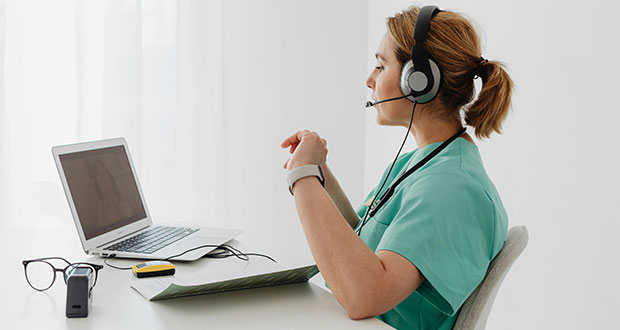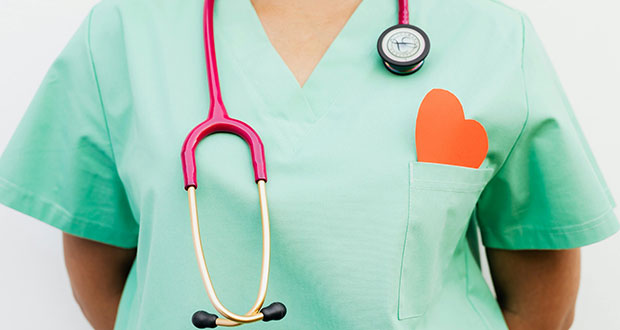More than ever, healthcare professionals are seeing how data can make a difference between life and death. Barcelona Hospital Clínic’s CIO David Vidal reproduced the words of an infectious diseases specialist working in his centre: “We are saving people’s lives thanks to data”.
Due to the high number of patients needing hospitalisation, hotels and sports pavilions have been transformed into care facilities, especially in Barcelona and Madrid, Italy for example and the rest of the world who is suffering from the COVID19 pandemic. IT teams have worked tirelessly to ensure the EHR is accessible at every point of care. Additionally, they have facilitated the work of medical teams creating new alerts systems and methods to classify COVID-19 patients, helping doctors and nurses in the decision-making process.
The coronavirus crisis has prompted an unprecedented collaboration between public and private centres, with patients being transferred to private hospitals to help the public system cope with the high number of cases. This new scenario has highlighted the lack of interoperability between the public and private healthcare systems.
You can also see: Enabling collaborative triage between 1st and 2nd level of care
A situation that “will be fixed in the near future” according to David Vidal.
Hospital teams in Madrid, as for example, Hospital 12 de Octubre in Madrid, a major university hospital in the Spanish capital – the city most affected by the pandemic – explains that they have done a huge effort to get the systems ready for this exceptional situation: “They have seen that having the data in place is fundamental for saving lives. They have transformed the system to help doctors compare clinical data and we have created alerts to facilitate their job. Data has been crucial to plan resources, classify patients and help in decision-making.
All the CIOs agree that the fact that Madrid hospitals were the first hit by the epidemic helped the other centres get organised and anticipate what was coming.
Telemedicine: a life-saving tool
Telemedicine has become a life-saving tool for healthcare systems almost overnight. Vicent Moncho believes that “the coronavirus crisis marks a before and after in telemedicine. We have seen the value of telemedicine for saving time and money. Isolated patients are able to communicate with their families with tablets and mobile phones; doctors are monitoring vast numbers of patients that are convalescent at home. In two weeks we have transformed the system, a job that would have taken months before. Legal and economic changes will be needed but this crisis will finish the resistance of healthcare professionals against telemedicine. We can’t go back to the past situation once this is over.”
As well as telemedicine, the coronavirus crisis has greatly increased the need for telework. IT teams have had to implement secure networks for thousands of workers in a very short space of time. “They had to put in place a VPN for over 6,000 workers and that required a lot of work. In terms of security, that was a great challenge”. Cybersecurity has been an added threat to the already critical situation, but IT teams are used to cyber-attacks as they have been getting them “for a while”. Still, it highlighted the fact that these attacks can put people’s lives at risk: “to all hackers-to-be trying to break the security systems of hospitals, they must understand that they are playing with patients' lives.”
The level of digitisation and the collaborative work between CIOs has been key to quickly adapt to the new situation: “From the 13th of March we have been working in a crisis cabinet mode,” says David Vidal. “Thanks to the previous digital transformation we have been able to cope, despite living in a situation that changes by the hour.”





